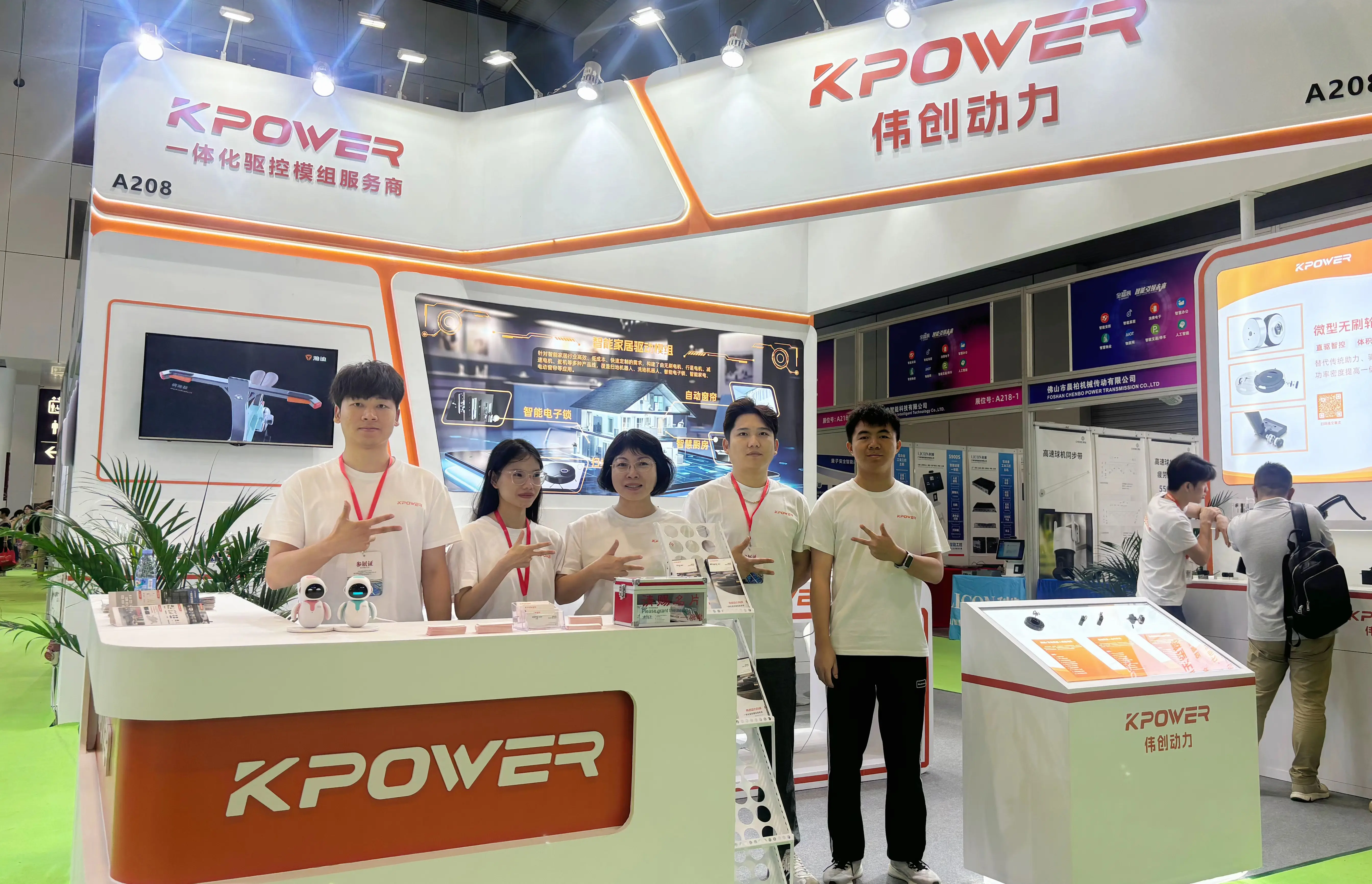Introduction: Unlocking Precision with Servo Motors and Arduino
Imagine if your DIY projects could move with the grace of a ballet dancer or the precision of a surgical tool. Achieving such accuracy is possible with the perfect pairing of servo motors and Arduino microcontrollers. Whether you're a hobbyist, student, or professional engineer, understanding how to control a servo motor opens up a universe of automation possibilities—from simple robotic arms to complex automation systems.

But before diving into the nitty-gritty, let’s understand what a servo motor actually is. Unlike regular motors that spin continuously, servo motors are designed to rotate to specific angles, holding their position with precision. They’re commonly used in radio-controlled cars, drones, robotics, and industrial automation.
Why Use a Servo Motor?
Servo motors excel in applications requiring precise rotation. Their built-in feedback mechanism allows for accurate position control, making them ideal for tasks like steering in RC cars, camera gimbals, and robotic joints. They are compact, easy to interface, and operate smoothly, which makes them popular among makers and engineers alike.
Getting Started with Arduino and Servo Motors
To control a servo motor, you'll need a few basic components:
Arduino board: such as Arduino Uno, Nano, or Mega. Servo motor: common models include SG90, MG995, or other hobby servos. Power supply: usually 5V, but some larger servos need more. Connecting wires: jumper wires for connections. Breadboard (optional): for prototyping connections.
Understanding the Components
Arduino Board: Acts as the brain of your project, sending signals to control the position of the servo motor.
Servo Motor: Contains a small DC motor, gear train, and a potentiometer for position feedback. It reads the control signal and adjusts its position accordingly.
Power Supply: Ensures the servo motor receives sufficient current without overloading the Arduino.
Control Signal: The core of servo operation is pulse width modulation (PWM). Typically, a 1 ms pulse rotates the servo to 0°, 1.5 ms to 90°, and 2 ms to 180°. The Arduino simplifies this with its Servo library.
Interfacing the Servo with Arduino
Step 1: Wiring
Connect the servo's power pin (usually red) to the 5V pin on Arduino. Connect the ground pin (usually black or brown) to GND on Arduino. Connect the signal pin (usually yellow, orange, or white) to a digital PWM-capable pin, for example, pin 9.
Step 2: Installing the Servo Library
Arduino IDE comes with the Servo library pre-installed. You can include it at the beginning of your sketch:
#include
Step 3: Writing a Basic Control Program
Here's a simple example to understand the control flow:
#include Servo myServo; void setup() { myServo.attach(9); // attaches the servo to pin 9 } void loop() { myServo.write(0); // move servo to 0 degrees delay(1000); myServo.write(90); // move servo to 90 degrees delay(1000); myServo.write(180); // move servo to 180 degrees delay(1000); }
This code cycles the servo through three positions with a one-second delay, illustrating basic position control.
Advanced Control Techniques and Practical Tips
Having grasped the basics, you might wonder how to make your servo movements more refined or incorporate sensors and feedback for smarter control. Let’s explore some advanced methods, troubleshooting tips, and creative project ideas.
Using PWM with the Servo Library
The Servo library abstracts the complexity of PWM signals, allowing you to specify angles directly with write() or writeMicroseconds(). The latter gives more precision for custom applications, like controlling the speed of continuous rotation servos or fine-tuned positioning.
Controlling Servos with Sensors
In practical applications, you often want your servo to respond to sensor inputs:
Potentiometers: Adjust the servo position dynamically with a knob. Distance Sensors: Make a robotic arm react to proximity. Encoders: For precise feedback on position and speed.
Here's an example snippet that moves the servo based on a potentiometer reading:
#include Servo myServo; int potPin = A0; // Analog input pin int val; void setup() { myServo.attach(9); } void loop() { val = analogRead(potPin); // Read potentiometer int angle = map(val, 0, 1023, 0, 180); // Map value to 0-180° myServo.write(angle); // Set servo position delay(15); // Wait for servo to reach position }
This project makes your servo follow the position of the potentiometer, demonstrating responsive control.
Handling Power Issues
Servo motors can draw significant current, especially under load. To prevent brownouts or resets:
Power larger servos separately from Arduino, connecting the GND of both power supplies. Use a dedicated power supply with enough current capacity. Avoid powering servo from the 5V pin if it exceeds its current limits; instead, use an external regulated power source.
Troubleshooting Common Issues
Servo jittering: Might be caused by power issues or noise. Add a capacitor (e.g., 100μF) across power and GND near the servo. Servo not moving: Check wiring, ensure servo is connected to PWM pin, and verify power supply. Uneven movement or stall: Check torque limits, gear wear, or reduce load.
Enhancing Your Projects
Once you’re comfortable controlling a single servo, explore:
Multiple Servos: Coordinate several for complex robotic limbs. Automated Sequences: Program smooth, coordinated movements. Feedback Loops: Use sensors and feedback algorithms for precision tasks.
Creative Project Ideas
Robotic Arm: Building an arm with multiple servos to perform pick-and-place tasks. Camera Gimbal: Stabilize a camera with servo-controlled pan and tilt. Automated Blinds: Adjust window covers automatically with light sensors. Drawing Robots: Program servos to move pens with artistic precision.
Wrapping Up
Controlling a servo motor with Arduino is a fundamental skill that empowers countless DIY projects and professional prototypes. The combination of simplicity in wiring, availability of libraries, and versatility in applications makes it a transformative tool in electronics and robotics.
Experiment, tinker, and innovate. The only limit is your imagination and the fun you have along the way. From basic position moves to complex robotic systems, mastering servo control opens the door to a world of dynamic automation.
Kpower has delivered professional drive system solutions to over 500 enterprise clients globally with products covering various fields such as Smart Home Systems, Automatic Electronics, Robotics, Precision Agriculture, Drones, and Industrial Automation.




































